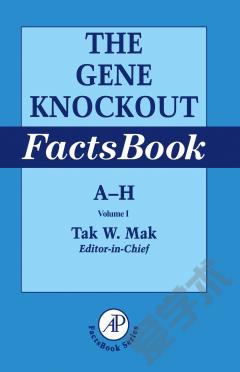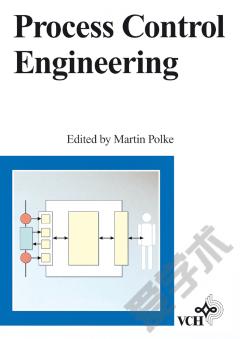Simulation of Industrial Processes for Control Engineers
Introduction Fundamental Concepts of Dynamic Simulation Thermodynamics and the conservation equations Steady state incompressible flow Flow through ideal nozzles Control valve flow Steady-state compressible flow Control valve liquid flow Liquid flow through the installed control valve Gas flow through the installed control valve Accumulation of liquids and gases in process vessels Two-phase systems - boiling, condensation and distillation Chemical reactions Turbine nozzles Steam and gas turbines Steam and gas turbines - simplified model Turbo pumps and compressors Flow networks Pipeline dynamics Distributed components: heat exchangers and tubular reactors Nuclear reactors Process controllers and control valve dynamics Linearization Model Validation Appendices: Comparative size of energy terms Explicit calculation of compressible flow using approximating functions Equations for control valve flow in SI units Comparison of Fisher Universal Gas Sizing Equation, FUGSE, with the nozzle-based model for control valve gas flow Measurement of the internal energy of reaction and the enthalpy of reaction using calorimeters Approximations used in modelling turbine reaction stages in off-design conditions Fuel pin average temperature and effective heat transfer coefficient Conditions for emergence from saturation for P + I controllers with integral desaturation.
{{comment.content}}








 京公网安备 11010802027623号
京公网安备 11010802027623号